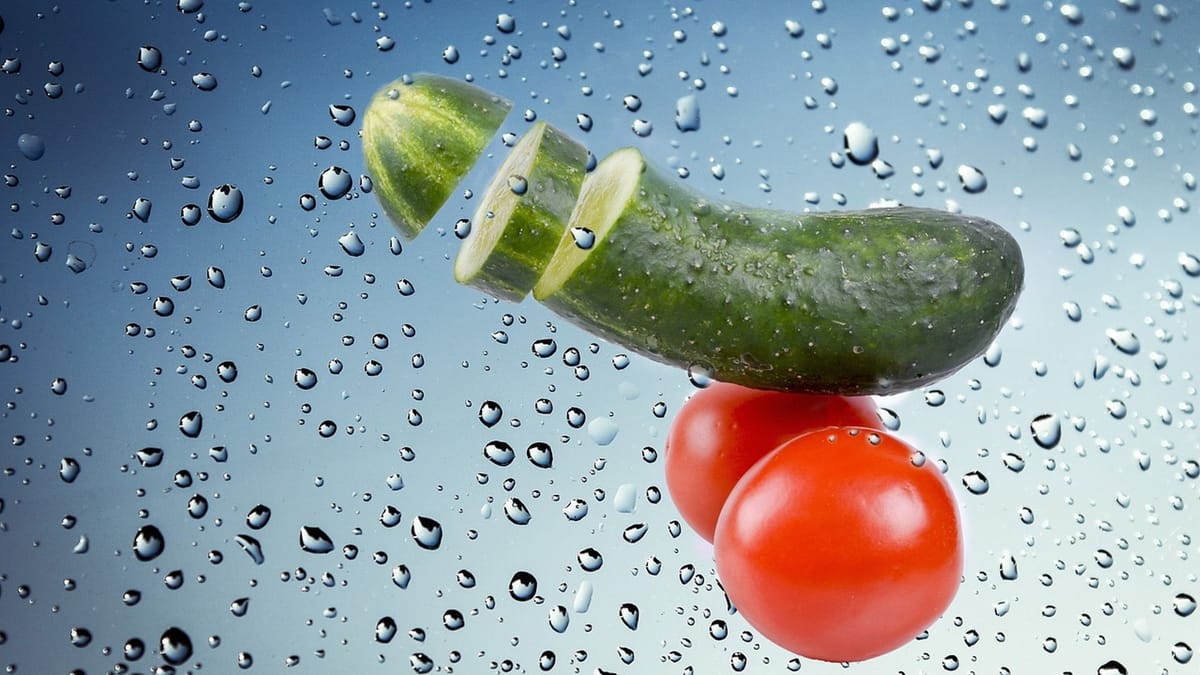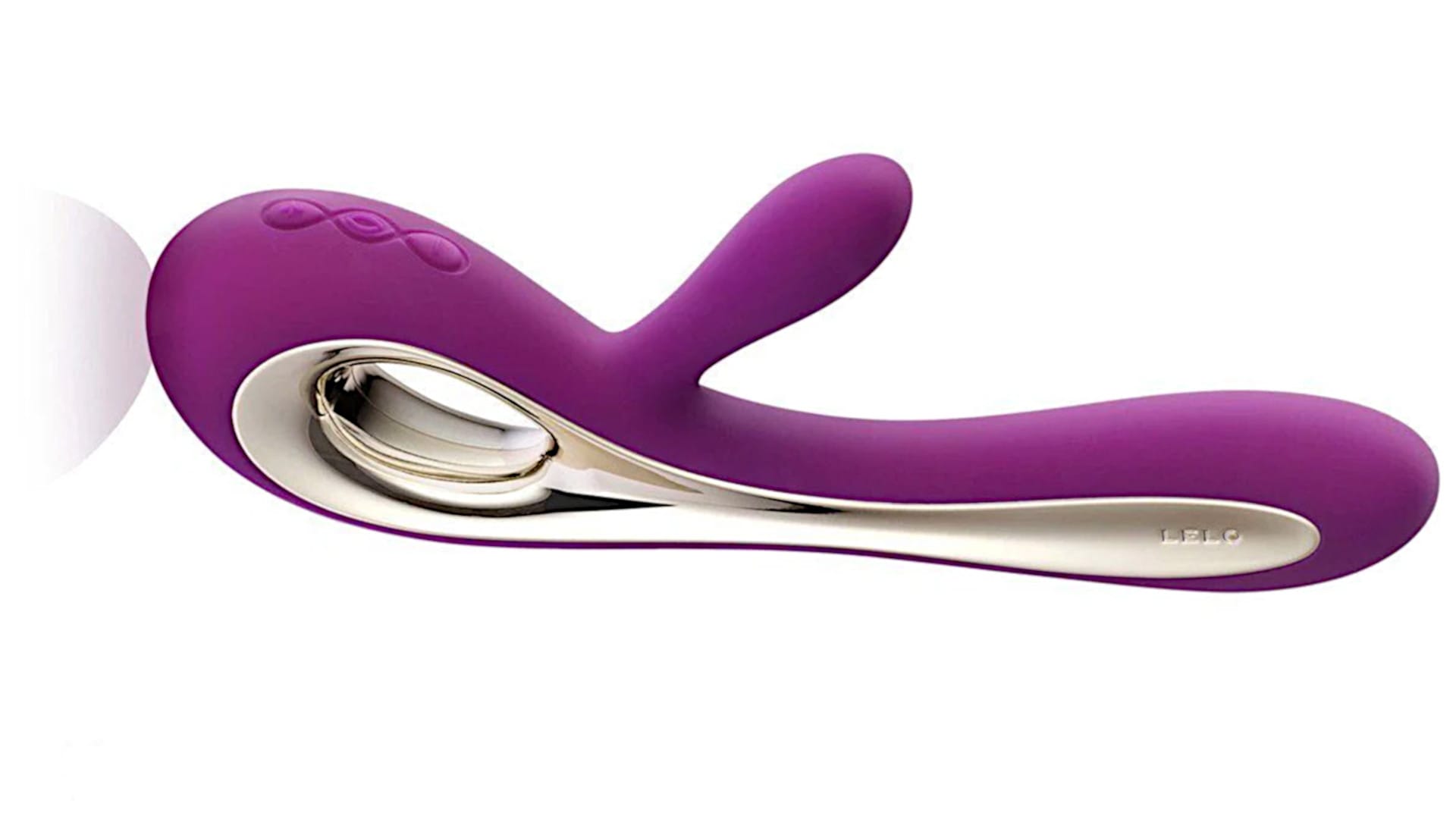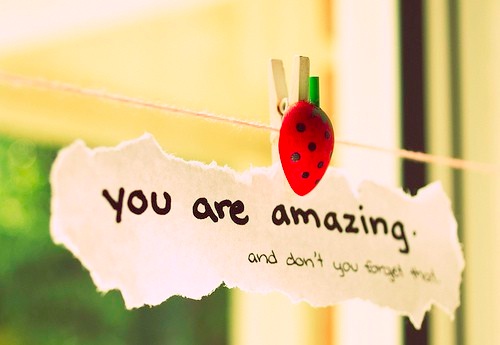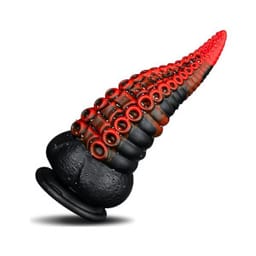How To Have The Ideal Recipe for Love

Get ready to find out all the needed ingredients, cooking utensils and baking times to whip up your ideal and tasty ‘love crème brûlée’.
Shopping List
Ingredient One – Male
- strong and taut textures
- mainly served straight up
- can sometimes have a little too much gristle
- often needs a fair amount of tenderising (using a heavy mallet is best)
Ingredient Two – Female
- soft and often light texture
- usually served as a delicate dessert due to complexity
- new chefs will often confuse flavours and tastes so it’s best to buy by carefully reading the label and checking undesired additives

Needed Utensils
- large mixing bowl (experiment with ethnic varieties too)
- meat tenderiser (do I really need to say why?)
- water (many cooks replace this with Scotch or some other hard liquor)


Mixing Technique
Now you can have quite a few varieties these days.
Initially, combine both male and female portions slowly and blend with care so as the qualities of one doesn’t overpower the other. Take it slow to begin with … let the seasonings and tang of each meld into the other.
The first stage of mixing can be tough going so stir using quite a bit of elbow grease and determination.
Usually it’s best to rest the bowl after each and every introduction of a new quantity of each, to ensure the infusion of the flavours combine correctly. Again, you risk the danger of one overpowering the other.

Depending on the qualities of where your male and female ingredients were obtained, you’ll find a taste test of your current blend will reveal subtle hints of hot condiments. This is quite normal, and after a little time, these will subside and hopefully blend away.
Keep stirring and add more and more of both your ingredients. More heat is likely to build and you might be tempted to stop stirring but that’s the potential trap to this recipe.
A lot of cooks give up at this point, thinking they’ve failed.
Like a good leg of lamb, you’ve got to keep basting and tenderising, knowing there’ll be a grand feast along the way.
Cooking Tip: You might be tempted to improve on this successful recipe, by throwing in another dose of one of the main ingredients, thinking one has gone off the boil or the flavour is fading.
Rarely will an additional ingredient introduction be a success.
You’ll discover only a superficial taste improvement and often times, the entire baking process will turn sour.
You’ll need to throw out the whole mess and start over.


Oven and Baking Time
If you’ve got this far, congratulations.
It’s a tricky recipe to make and most beginner chefs will have gone through many failed attempts at the correct permutations, shopping for their preferred brands and carefully ensuring there are no additives they’ll be allergic too.
Get that oven turned up slowly – its a subtle process and you don’t want to burn things.
Too much heat will see the uncooked contents overflow and make a mess of your oven. The right temperature can also see a unique by-product in the making of a cupcake recipe – more on this in a later cooking article.
Leave in the oven for about 7 years, being the currently accepted cooking time frame.
You’ll see things rise and ebb over this time but the cooked dish has a shelf life for eternity.
Food without an expiry date?
Yum.
How’s Your Mixing? Let us know in the comments below.
Nice to see you made it to the end of the post.
Here’s what you can do next:
- Got any cooking tips of your own?
- What’s one ingredient you shouldn’t use?
- Click one of the Share buttons – your friends can then enjoy this article too.
And thanks for reading too – Let us know your thoughts in the comments.






